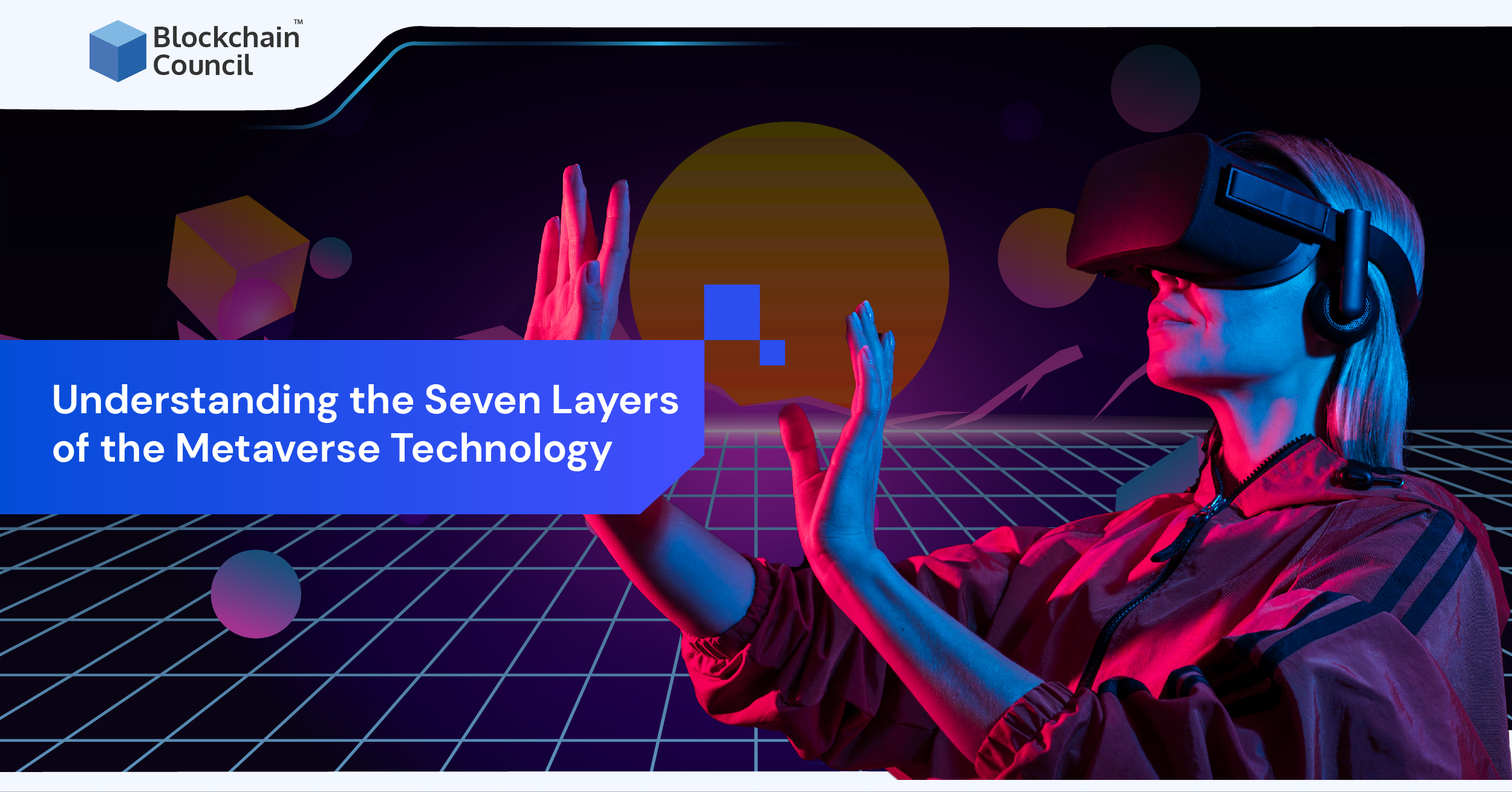
- Nitish Srivastava
- December 10, 2024
Metaverse technology is perhaps the Web3 ecosystem’s second-most well-known and well-recognized component.
There were two factors that led to the surge of interest. The first is the unprecedented sales of digital property. The second was when Mark Zuckerberg said that Facebook will now be called Meta.
Your first instinct would be to believe that Decentraland, Sandbox, and eventually Meta are the only major participants in the Metaverse when you think of it. But there are many more layers that are far deeper.
There are six more layers to discover, and we will be there with you while you discover them in detail. Keep reading the entire article to know more!
Layer 1 – Experience
When considering the metaverse, most people currently seem to be concentrating on the first layer itself. The layer we are mentioning here is the experience humans have in technologically advanced contexts. The user interacts with content, shopping, NFTs, sports, immersive worlds, games, digital media, and more through experience.
The metaverse’s various characteristics, such as avatar identities, immersion in virtual worlds, storytelling, progression, and real-time social interactions, are arguably best illustrated by the gaming industry. Just consider the online and digital gaming experiences offered by companies like Xbox, Activision Blizzard, Roblox, Minecraft, and Fortnite.
To further enhance these experiences, workflow platforms play a crucial role in enabling seamless collaboration, efficient project management, and streamlined communication among teams building these immersive worlds. These platforms ensure that development teams can deliver high-quality, real-time experiences aligned with the dynamic demands of the metaverse.
The constraints that physically impose might no longer be present in physical space as a result of the metaverse dematerializing it. The metaverse’s VR has the potential to give experiences that the physical world will never be able to.
This is a significant factor in why many well-known brands are investing in MILEs or big interactive live events. These events, which are held on websites like Roblox and Decentraland, give an idea of how interactive events and activities in the metaverse can appear. Unable to obtain a front-row concert seat? In the metaverse, every seat will provide a front-row view.
The first layer of the metaverse also contains a variety of other typical situations where the digital as well as the physical world converge and mingle, such as Peloton home workouts, Zoom business meetings, or Alexa helpers in the kitchen.
Layer 2 – Discovery
Someone may develop what should be the greatest new online experience, but it needs to be discovered in order to catch on. Discovery is an advertising network that includes store placements, rating systems, and recommendations from other users.
This layer discusses the experiential learnings that come about as a result of constant informational “push and pull.” The “push and pull” of information is what introduces consumers to novel experiences. While “push” is more outgoing and comprises processes that alert users to what experiences are available in the metaverse, “pull” represents an inward system where users actively seek out information and experiences. In actuality, corporations find the discovery layer to be the most lucrative. Here are some examples of how discoveries are made both within and externally.
Inbound
- Community-generated material
- searching tools
- Actual presence
Outbound
- Display advertising
- Social media and email
- Notifications
In general, information-sharing and marketing platforms that are outward or inbound are used for discovery. Community content platforms are a component of inbound marketing where users may discover what others like and recommend. Search engines and app stores that offer reviews and ratings are also included. Notifications and display adverts are examples of outbound discovery.
Layer 3 – Creator Economy
This layer is for all the technology used by creators to generate the several experiences on multiverse. Makers and creators employ design tools, apps, asset markets, and workflow platforms in an creative economy.
The goal of the metaverse is to build a fully immersive 3D environment by interconnecting virtual regions that closely resemble the actual world. These environments, supported by AR, VR, and other related technologies, will be created with the intention of drawing visitors who will be able to accomplish just about anything there. It is clear that the virtual world has enormous potential for economic development. As the concept of the metaverse spreads, it is almost probable that we will see a major increase in the number of businesses constructing metaverse venues.
To design and develop tools, apps, or assets in Web1 and early Web2, developers needed to know programming. With the advent of Web3, drag-and-drop application builders are growing in popularity and enabling users to construct nearly anything they want without having any programming experience.
It has never been simpler to become a maker, builder, or designer, and it will only get easier as Web3 gets more interwoven into society and Web2 is phased out.
Layer 4 – Spatial Computing
In spatial computing, real and virtual spaces are combined. Spatial computing breaks down the boundaries between physical and virtual places, whether it’s by enhancing the “reality” of the actual world with more digital experiences and information or by making online 3D spaces more manipulable and uncannily “real.” The terms 3D engines and software, AR, VR, XR, and mapping all refer to the spatial computing layer.
According to speculations, Google wants to start mapping the Metaverse. By fusing virtual and augmented reality, spatial computing enables platforms to create 3D, incredibly realistic environments that completely immerse users through sight, sound, and touch.
The health and fitness sectors currently make extensive use of data integration from devices (Internet of Things) and biometric data from individuals. Last but not least, the software for spatial computing also includes speech and gesture recognition.
With the ability to access and alter 3D places, spatial computing has developed over time into a significant class of technology that enhances our experiences.
Sophisticated hardware and software are needed for spatial computing to function as intended. You will only learn about the necessary software components in this section; the article’s “human interface” layer will cover the hardware component. Here is a list of some of the features of the software layer that runs the metaverse:
- Presenting geometry and movement using 3D engines (Unity and Unreal Engine).
- For mapping and analyzing the physical and digital worlds, use object recognition and geospatial mapping.
- Gesture and voice recognition.
- Internet of Things for integrating data from hardware
- biometrics of the human body for identification.
- User interfaces of the future built to accommodate simultaneous information streams and analysis
Layer 5 – Decentralization
The Web3 community and the Blockchain metaverse share the belief that everything should remain as decentralised as possible. Therefore, it cannot be controlled by a single body, and decision-making is the responsibility of a vast group of users.
Without foundational Decentralization elements like the Blockchain, smart contracts, open-source code, and what some refer to as self-sovereign digital identity, it is impossible to develop the Metaverse blockchain.
One of the fundamental characteristics of the metaverse is that it will be decentralized, open, and dispersed, in contrast to the science fiction dystopias depicted in Snow Crash and Ready Player One, in which the future would be governed by some type of central authority. Blockchain technology, smart contracts, open-source platforms, and the potential for self-sovereign digital identities are all examples of decentralisation.
The metaverse market will expand at a compound annual rate of 13.1% during the next few years, predicts Roundhill Investments. This expansion will quicken as more people have access to the metaverse.
Already, blockchains for NFT games based on Ethereum are being developed. Financial assets were freed from centralized control with the aid of the growth of Web3 and Decentralized Finance (DeFi).
Making financial goods accessible through a decentralized blockchain network is known as decentralized finance (DeFi). DeFi metaverse wallets like MetaMask and Trust Wallet don’t require users to use banks or brokerages. A DeFi wallet can be used without a government-issued ID, social security number, or evidence that you are a resident of your country.
3D avatar platforms are made possible by businesses like Wolf3D and Crucible. In apps and games based on a wallet, not an authority, Ion and Evernym are addressing the issue of self-sovereign identity.
Layer 6 – Human Interface
Robots may or may not rule the world in the future, but in the metaverse, humans are already being replaced by machines. Digital technology and human bodies are already interacting, and this trend is only growing.
The term “human interface” refers to all digital technology that augments our physical selves. It covers wearables, neural networks, smart eyewear, virtual reality headsets, and haptics.
People will also be able to use technology, such as Google Glass, to learn more about their environment. By following the instructions on your Google Glass or smart contact lens, you’ll be able to find the closest bar.
At this point, it is more likely that the human species will accept the half-human, half-cyborg way of life.
We’ll start experimenting more with technology like a neural link in the near future, possibly within the next 50 years to cure certain illnesses or rewire and improve our thoughts.
However, this increasing closeness between humans and robots is necessary for a realistic, immersive metaverse experience. We will soon be able to experience the metaverse in the same way that we currently experience the real world thanks to enhanced spatial computing and the appropriate interface.
Layer 7 – Infrastructure
Everything in the surrounding layers is made possible by the technology that fuels, connects, and enables our digital devices. This is the infrastructure of the metaverse. Data centres, cloud computing, wireless, materials, and processing are examples of infrastructure, which refers to the underpinning technology and network components.
The metaverse is powered by five technological clusters:
- Artificial intelligence
- Display technologies like AR, VR, MR, ER, and XR may adapt the user experience to their evolving likes and preferences over time in addition to providing an immersive audio-visual experience.
- Technologies used in video games, such as Unreal Engine and Unity 3D game engines, to create materials including animations, audio, and pictures.
- The network and computational power, include virtual scene fitting, edge computing, GPU servers, real-time network transmission, and spatial positioning algorithms.
- Blockchain engineering. It will ensure value ownership and circulation with the use of decentralized value transfer mechanisms, settlement platforms, and smart contracts. Decentralization will result in the realization of an economic system that is open, effective, and stable.
It appears that there are very vast and ambitious ambitions for developing the Metaverse. The issue is whether we can create the infrastructure-layer technologies to genuinely support and back the metaverse development of these enormous goals.
Conclusion
Large tech companies, including Google, Apple, Facebook, NVIDIA, HTC VIVE, and Microsoft, have invested heavily in the Metaverse, making it a popular topic of discussion among investors, technology enthusiasts, and end users. Everyone must learn about the history, geography, and future of the Metaverse. Understanding the seven ranges that make up the Metaverse is a great way to try to understand its enormous potential. Each range represents a required function that works in conjunction with the other six ranges.
To learn more about metaverse, you can take a metaverse certification course where metaverse experts will walk you through metaverse education in detail. After all, with the way metaverse is evolving, it’s only wise to get metaverse training and learn metaverse right away!

































































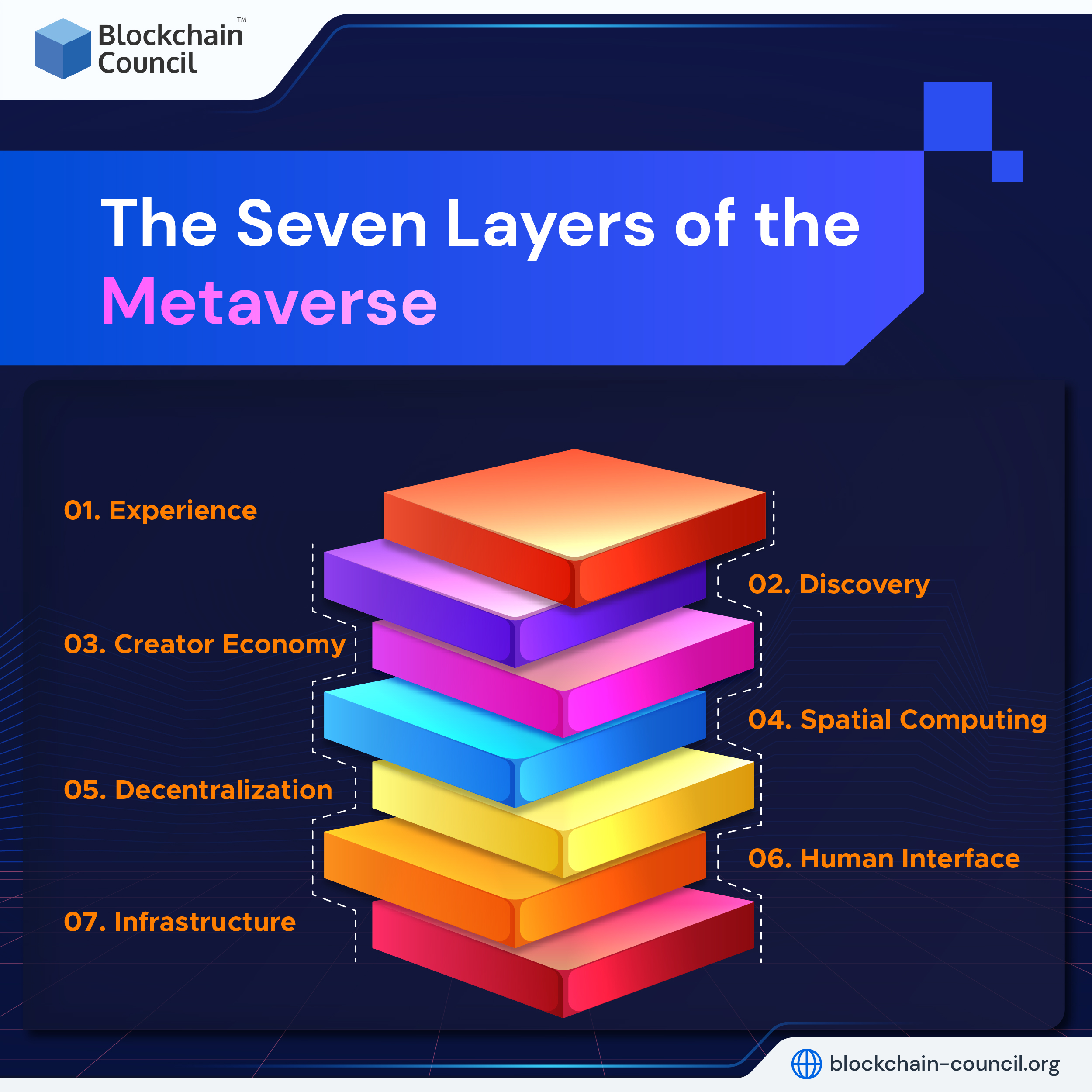
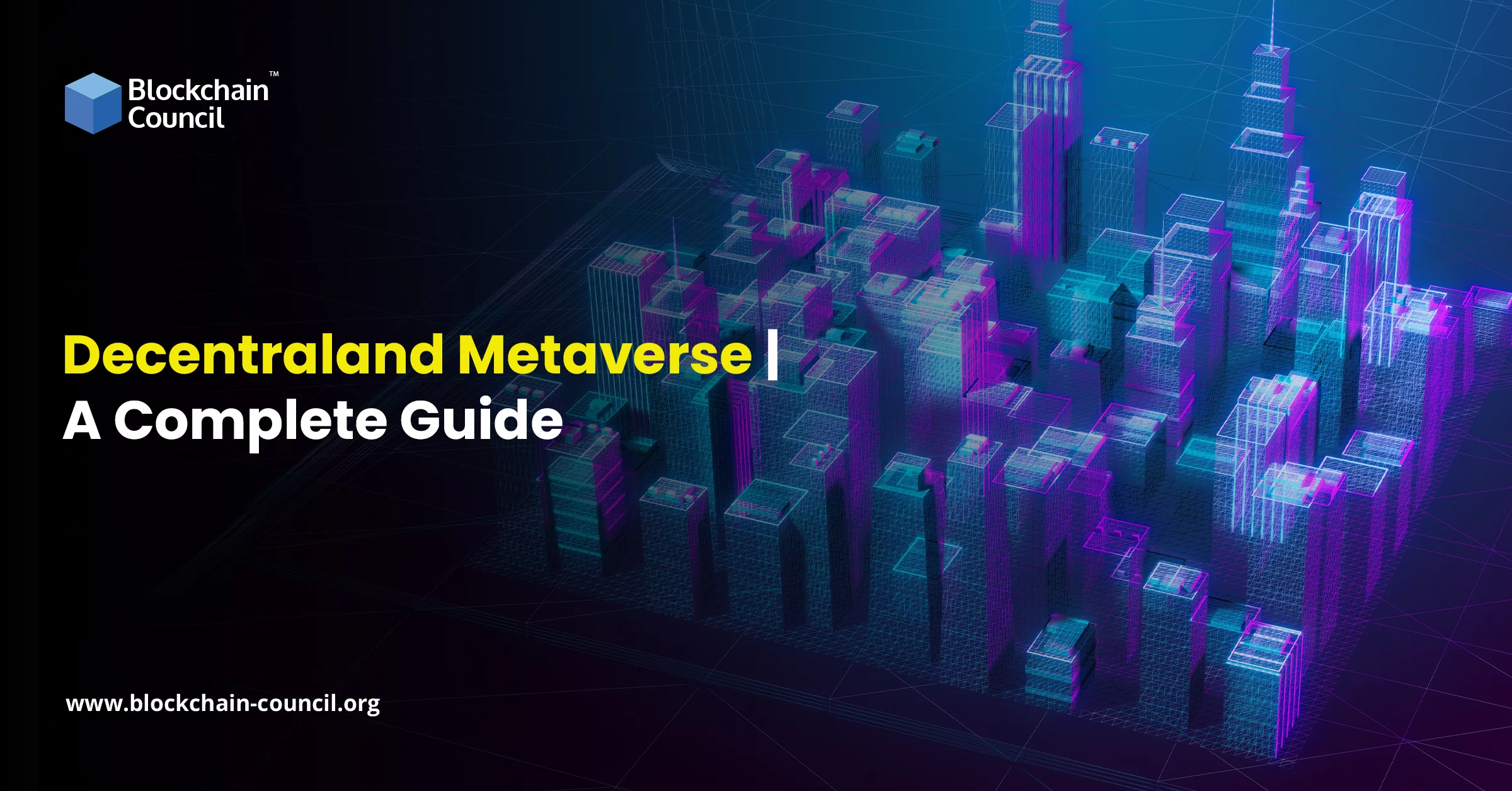
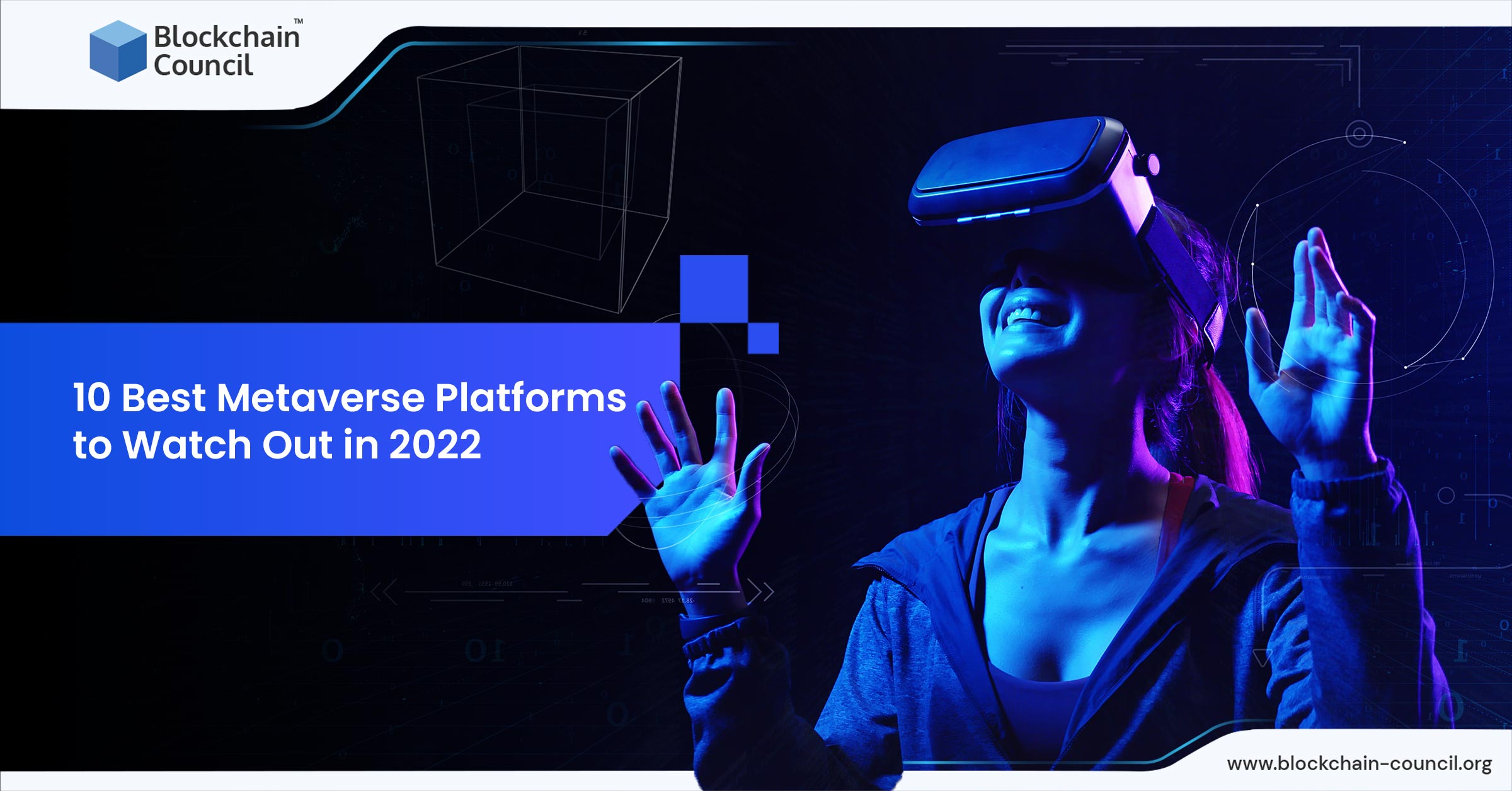
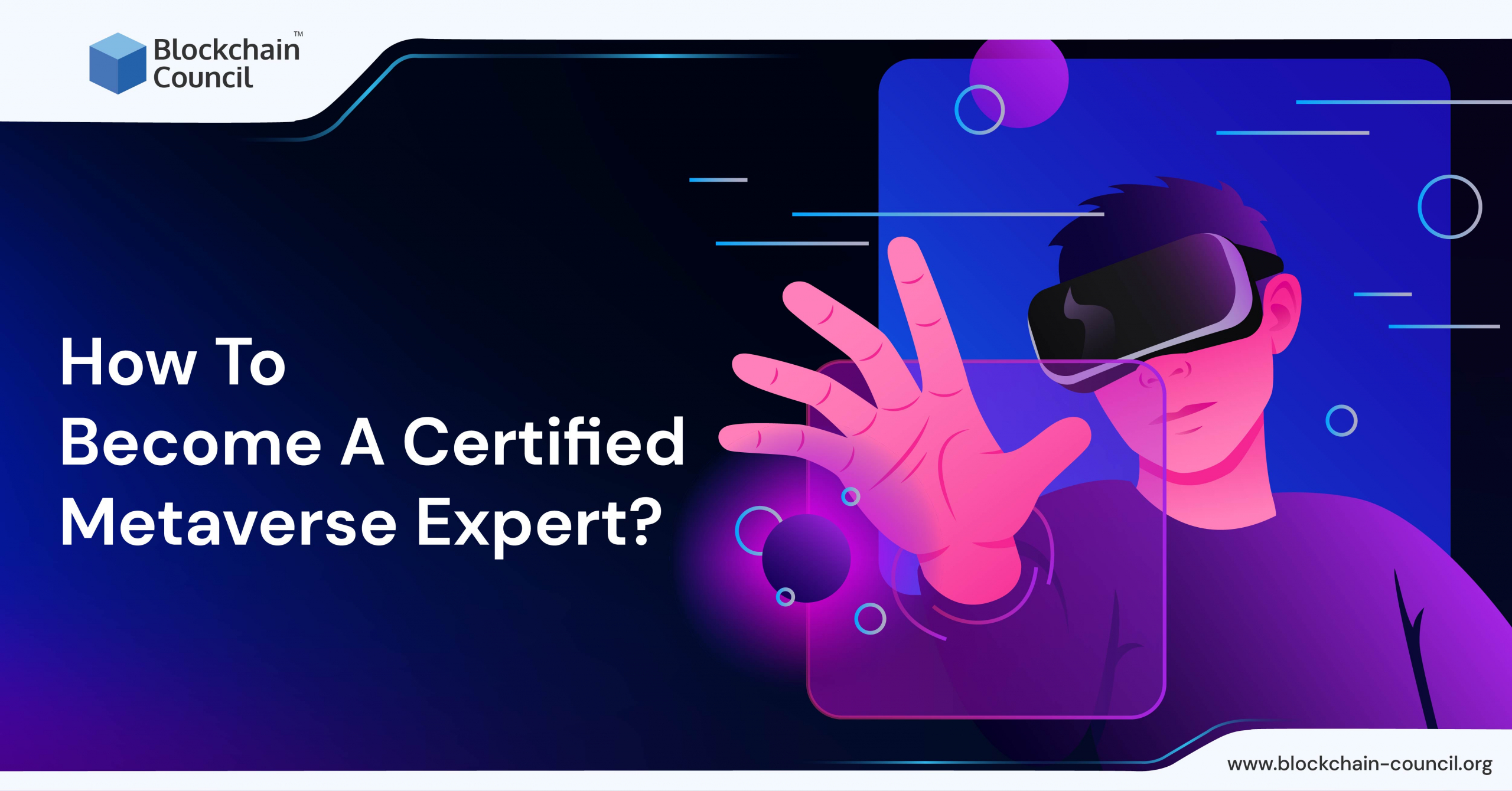
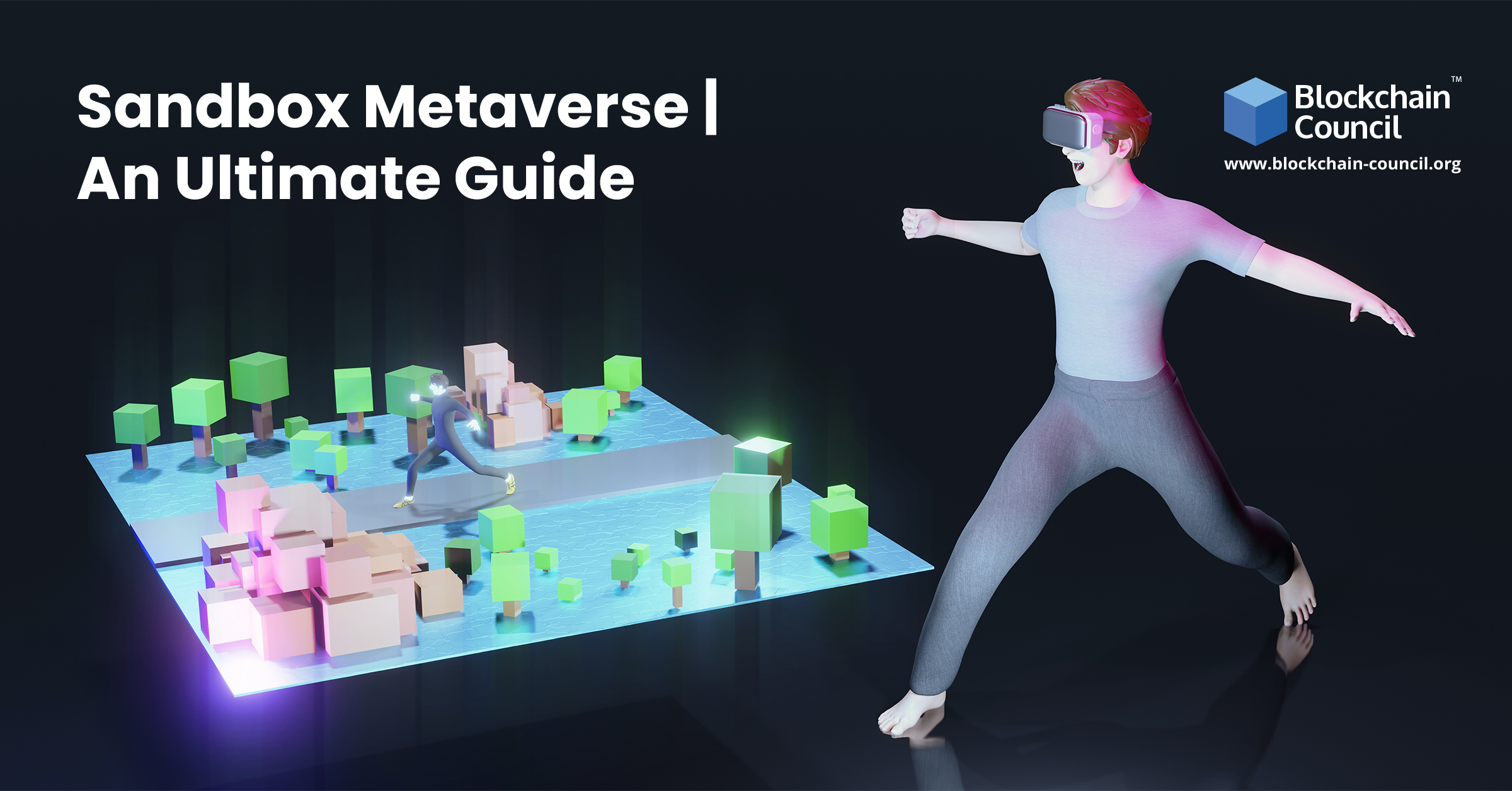
 Guides
Guides News
News Blockchain
Blockchain Cryptocurrency
& Digital Assets
Cryptocurrency
& Digital Assets Web3
Web3 Metaverse & NFTs
Metaverse & NFTs
